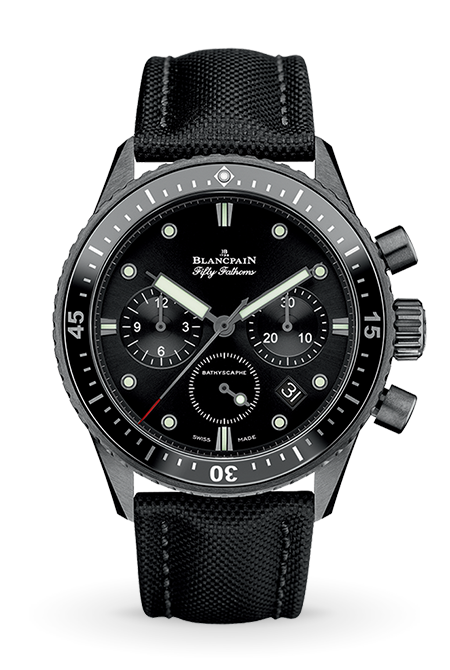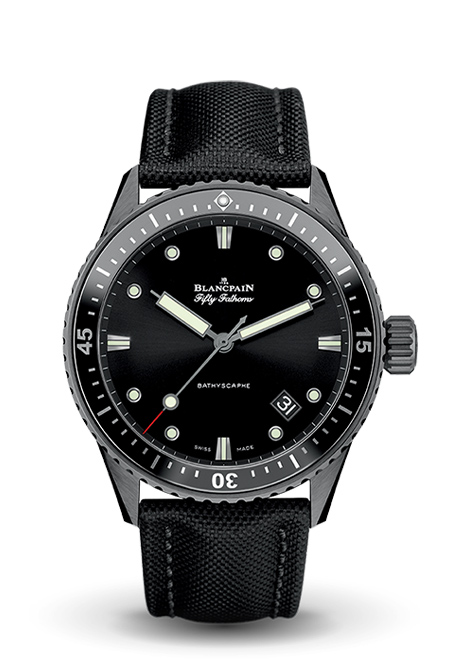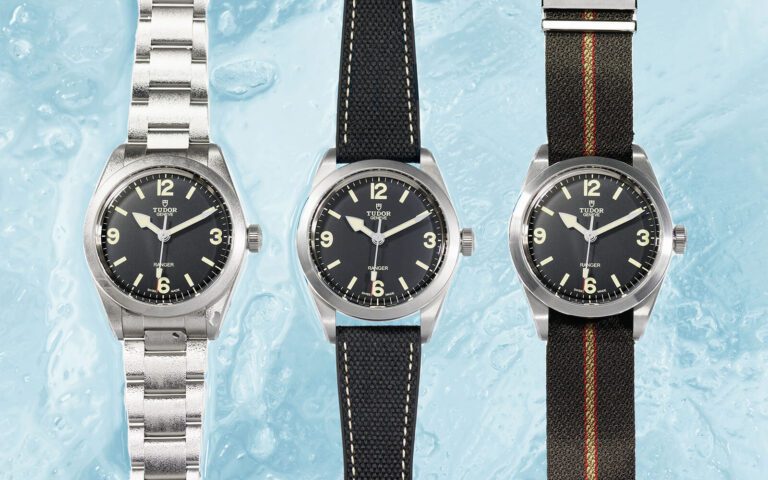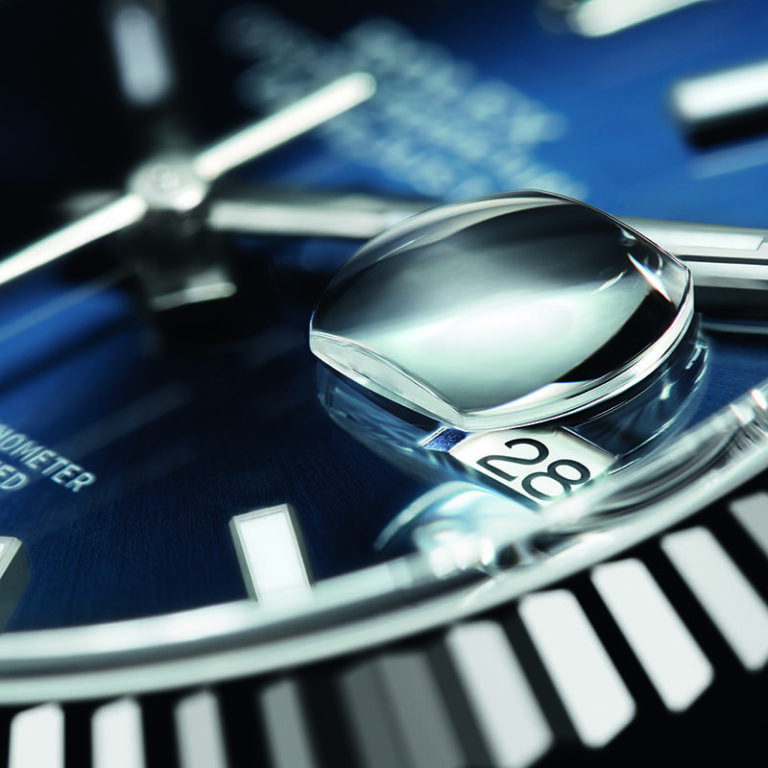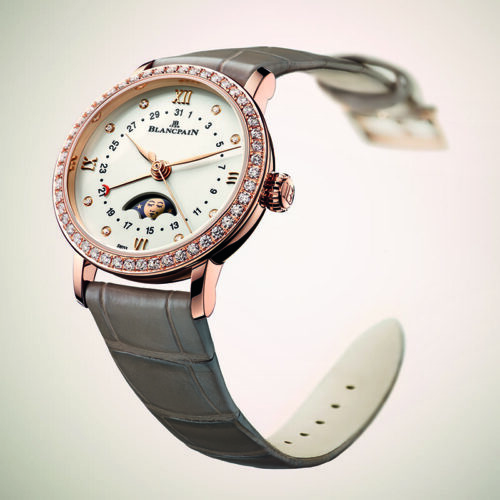Blancpain - History as Told by Those That Pioneered It
It is with great pleasure that we announce the upcoming exhibition of three historically significant Fifty Fathoms timepieces from Swiss watch Manufacture Blancpain. Beginning at our Sydney boutique on the 13th of April, these rare vintage watches will be on display through to the 25th of April. After which the exhibition will move to our newly opened Perth boutique, from the 29th of April through to the 9th of May. This special exhibition coincides with the release of the full-length documentary film Fifty Fathoms – The history as told by the pioneers who created it. Narrated by American Emmy Award winning actor and author Peter Coyote, the film recounts the most important events in the creation and seven-decade evolution of the watch.
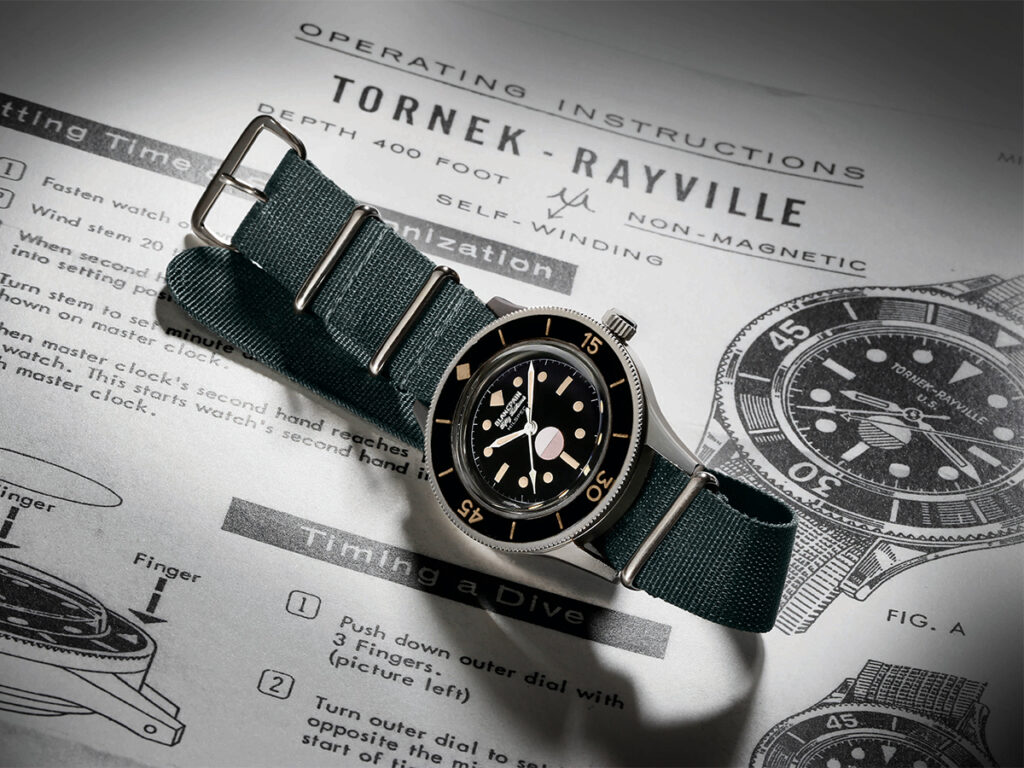
Considered by many to be the original blueprint for the modern dive watch, the Fifty Fathoms’ distinctive characteristics have proven so inherently practical and perceptive that they have defined the genre of diving watches for the entire industry ever since. To understand and appreciate why, it is necessary to learn a little about the history of its genesis.
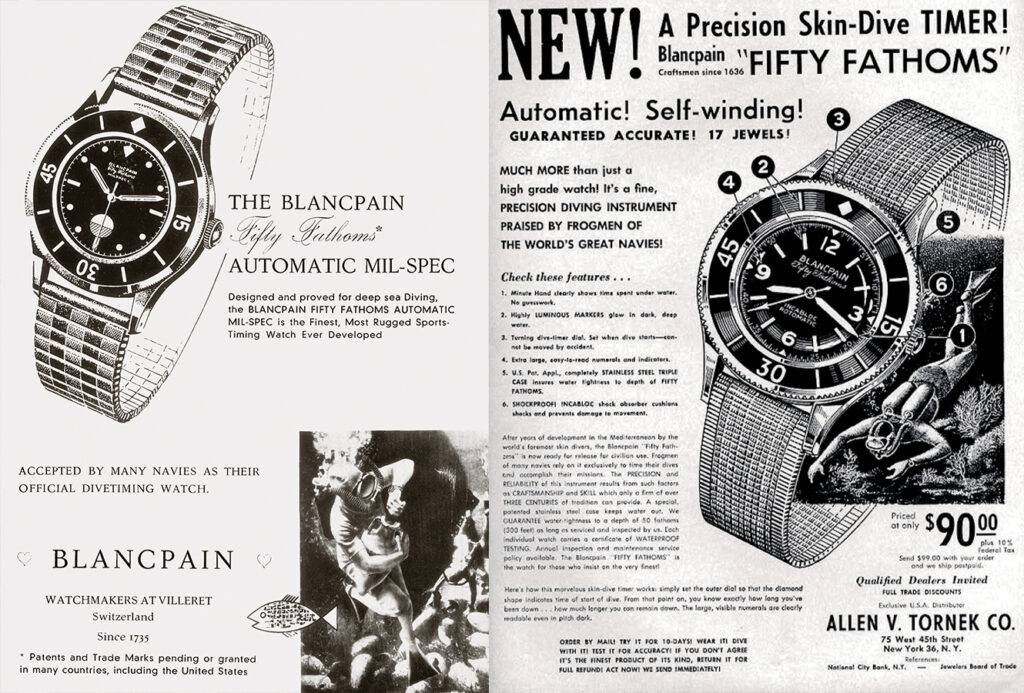
A Brief History Of The Fifty Fathoms
At the dawn of the 1950’s, the world was beginning to look like a much different place than it had just a few years earlier. The War was over, and the rebuilding of Europe was well underway. Of course, this didn’t mean the world’s militaries simply went and hung up their hats. Instead, they turned their attention to exploring new technologies and forms of combat. One of the more obscure of these was underwater missions, which involved intelligence gathering, sabotage operations, and clandestine port-attacks. An early pioneer in this area was the French “Nageurs de combat” (French Forces Elite Diving Corps.), established by the French government in 1952.
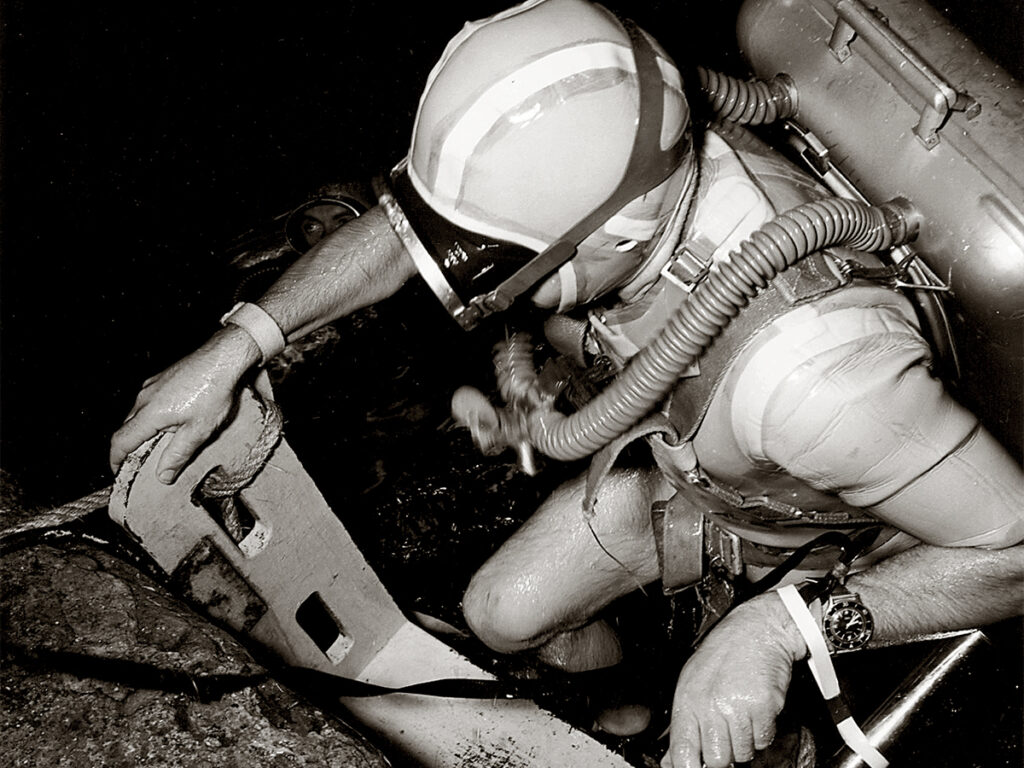
Their leader was a fearless Frenchman by the name of Captain Robert “Bob” Maloubier, a veteran of the war and a former member of Winston Churchill’s Secret Army, the famed “British Secret Operations Executive.” In addition to forming this elite unit, Maloubier, and his Lieutenant, Claude aspirant Riffaud, were also tasked with equipping it with all necessary scuba gear, and therein lay the problem. Search as they might, they could not find a mechanical watch that was suitable for the specific and rather extreme needs of their men. At last a French watch company called LIP was recommended, which agreed to send over some samples of the model they felt best fit the Nageurs de combat’s unique needs. After conducting a series of field tests however, Maloubier concluded the watches were too small, difficult to read underwater, and, most importantly, not water resistant, leading him to famously quip that the watches all “drowned to death” during testing.
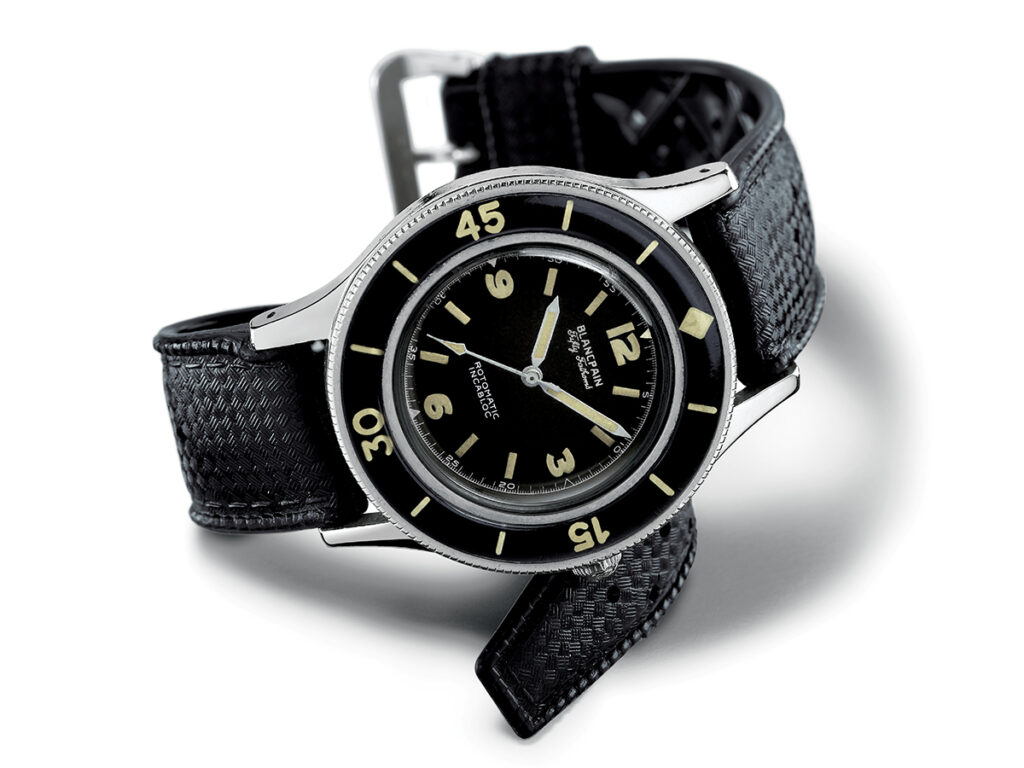
Although they were back to square one, Maloubier and Riffaud had learned much from this disappointing experience and set about drawing up their own version of what a suitable dive watch would look like; water-proof, self-winding, anti-magnetic, legible in cloudy water and at night. The initial response from the watch industry ranged from disinterest to outright scorn. Following the war, the fashion of the time was aviation watches and there was no obvious commercial appeal for an over-engineered mechanical dive watch. Recreational diving was still very much in its infancy. As such, the other watch houses contacted during this period had equally little to offer.
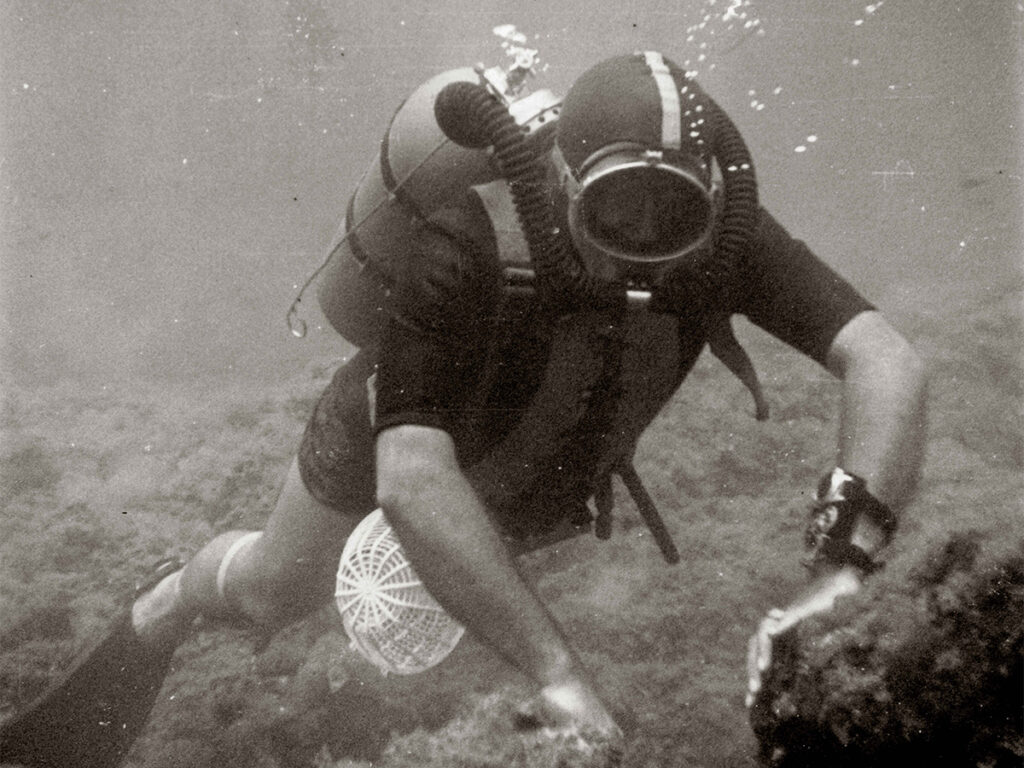
Around the same time Blancpain’s then Co-CEO Jean-Jacques Fiechter was cultivating his own passion for the burgeoning amateur sport of underwater diving. An extreme close call during a dive of the coast of France – in which he unknowingly exhausted all the oxygen in his scuba tanks whilst still nowhere near the surface – convinced him of the need to for a purpose-built dive watch. You can watch Fiechter speak about this terrifying experience first-hand in the video below (beginning at the 3:00 minute mark):
This near-death experience had a profound effect on Fiechter and brought into sharp focus the need for divers to have an easy-to-read and reliable timing instrument that could accompany them wherever they were bold enough to venture. Perhaps not surprisingly, Fiechter’s list of requirements looked remarkably similar to that of Maloubier and Riffaud. The key difference, of course, was that he was able to test his ideas in real time and come up with practical solutions. For example, he developed and patented a double sealed crown that would maintain the watch’s water resistance even if the crown was accidentally pulled out during a dive.
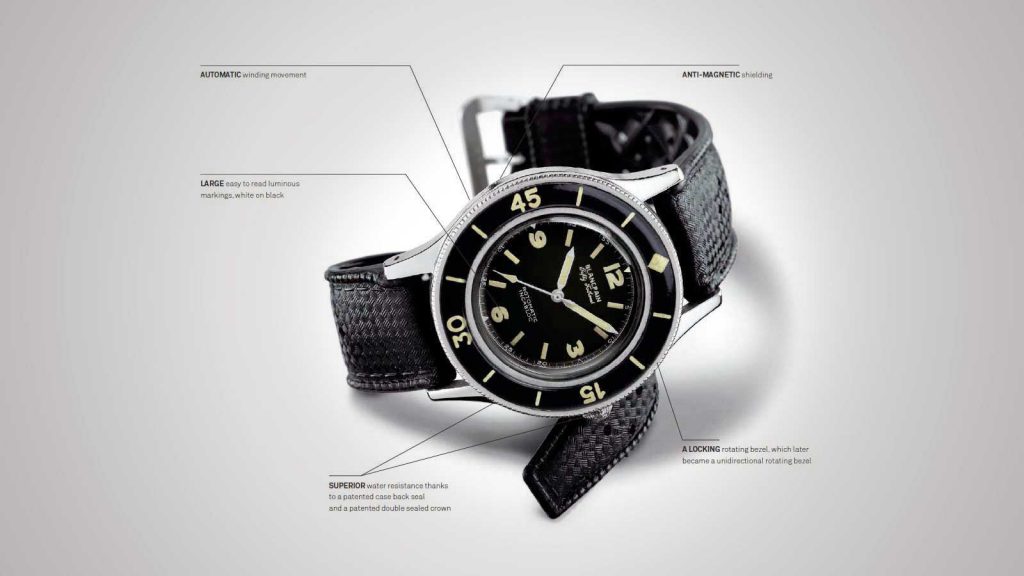
To keep track of elapsed time he introduced a rotating bezel with suitable time markings that could be used in conjunction with the minute hand. To prevent the accidental rotation of this bezel mid-dive, he invented and patented a locking mechanism, which also stopped sand and salt from interfering with the bezel’s smooth functioning. The third patent Fiechter obtained in his quest to design the ultimate dive watch involved addressing a common flaw with screw-down casebacks at that time. Essentially, when the caseback was screwed into place the “O” ring seal beneath it that was responsible for sealing the caseback could become misaligned or twisted, thus resulting in an imperfect seal. Not ideal for a watch that needs to go deep underwater. His simple yet effective solution involved placing the “O” ring in a channel with an additional metallic ring on top to hold it in position, thus ensuring a consistently strong seal when the caseback was screwed down.
Fiechter also recognised the need for a watch with a larger case to aid in legibility in murky water. In this same vein, he determined that the colour scheme should be white against a black background for maximum contrast, with luminous hands and indexes to aide visibility in low light conditions. He was also aware, from ample first-hand experience, that magnets were often present in the diving environment, and so the automatic movement would sit within a soft iron inner case to prevent it from becoming magnetised and therefore potentially less reliable. Using an automatic movement, as opposed to a manually-wound one, he reasoned, would also reduce the level of wear on the crown and seals over time.
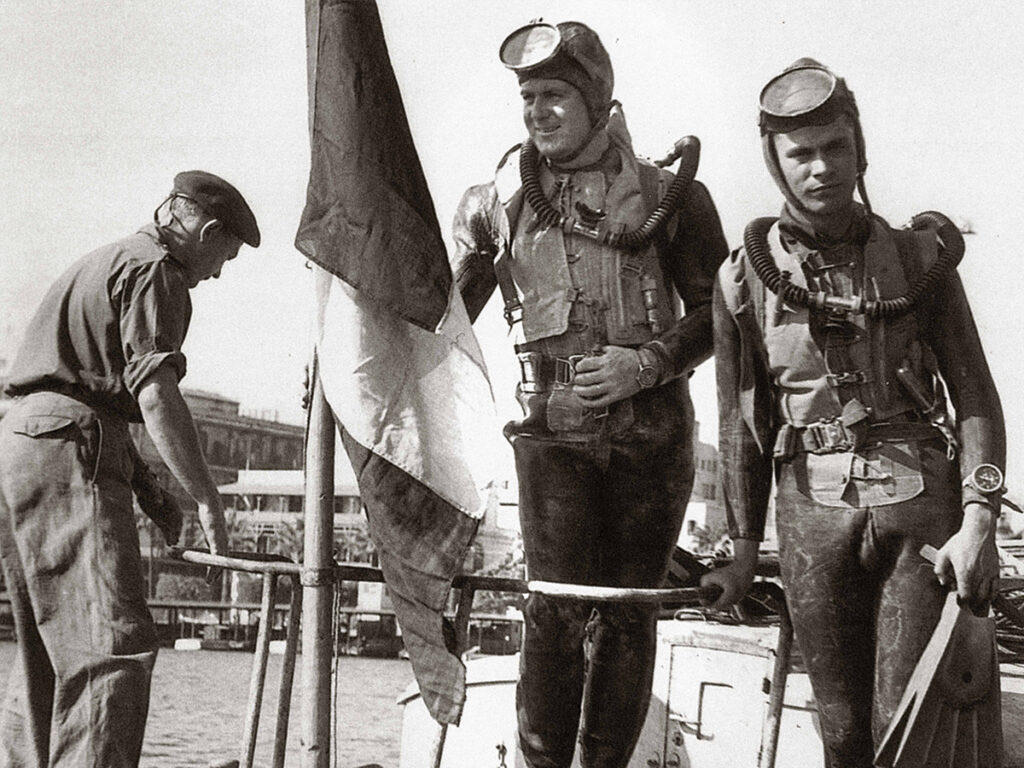
Eventually Maloubier and Riffaud learned about Fiechter through a mutual acquaintance; Jean Vilarem, a former French naval officer and the head of Spirotechnique (at the time the official supplier of gear to the French Navy.) Once the men met, it immediately became clear that they understood one another. Maloubier would later comment:
“Finally, there was this small business, Blancpain, that agreed to supply a watch that we imagined, with a black dial, large numbers, clear indexes in the form of triangles, circles and squares, as well as a rotating exterior bezel with markings matching the dial. We had hoped to be able to commence a dive and position the bezel so as to be able to read the time using the large minute hand. We wanted each of the markers to be as prominent as a pole star for a shepherd.”
Incorporating the requests from Maloubier and Riffaud into his own designs, Fiechter quickly delivered 20 watches for rigorous testing. The watches performed exceptionally well and were soon adopted as the official watch of the French combat diving corps. Other world militaries would soon follow, starting with the Israeli’s and then the Americans, Spanish, Germans, Danish, Norwegians, Swedish and Pakistanis. Thus, the legend of the Blancpain Fifty Fathoms was born.
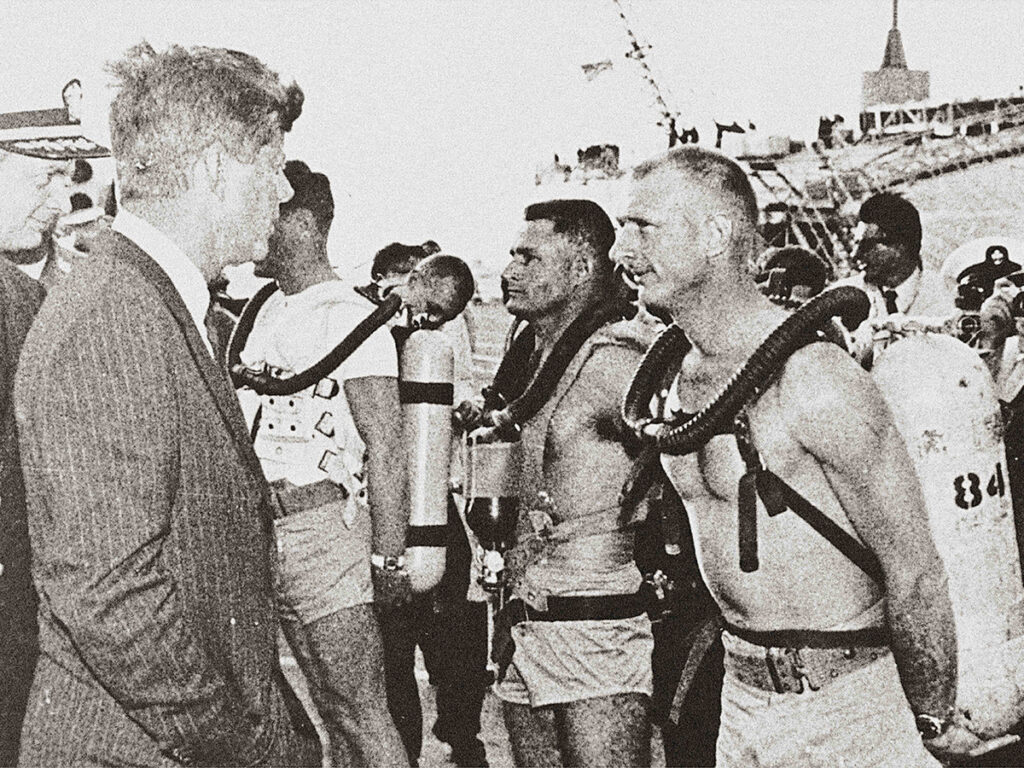
The Exhibition
Over his next three decades at the helm of Blancpain, Fiechter introduced a multitude of variations into the Fifty Fathoms family. Many were in direct response to feedback received from the various militaries using the watch at the time. Thanks to Blancpain, we now have the unique opportunity to showcase three prime examples of these historic vintage models. A rare occurrence not likely to be repeated on Australian shores anytime soon.
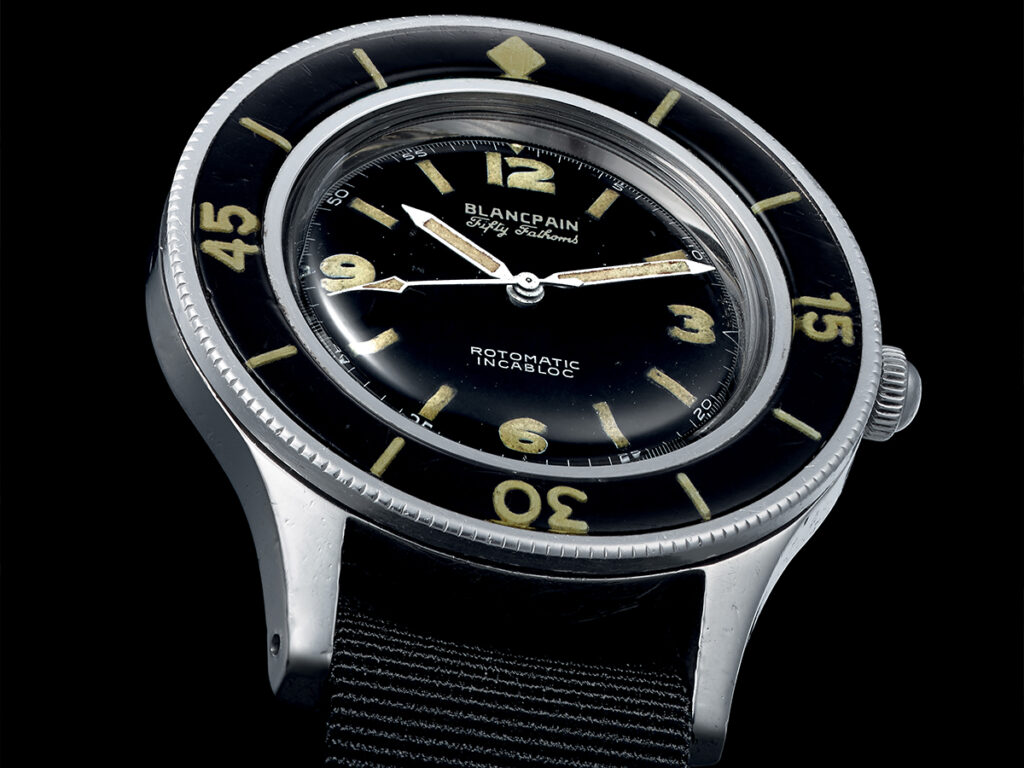
MOV-01-137.01 – Fifty Fathoms Rotomatic Incabloc #734 – 1953
The first model in our exhibition is a rare example of one of the original Fifty Fathoms models. Manufactured in 1953 – the same year the Fifty Fathoms made its commercial debut – its housed in a 42mm steel case (which would have been considered positively massive at the time.) As you can see, from the outset all the key characteristics that would go on to define the modern mechanical dive watch were present; high water resistance, black dial with luminescent markings, uni-directional rotating bezel, antimagnetic protection, and so on. As an interesting aside, the name “Fifty Fathoms” was inspired by Shakespeare’s play The Tempest, in a verse sung by Ariel: “Full fathom five thy father lies; Of his bones are coral made.” It also references the British measurement of 50 fathoms, which converts to approximately 91.45 metres, believed to be the maximum depth which a diver could achieve with the oxygen mixture in use at the time.
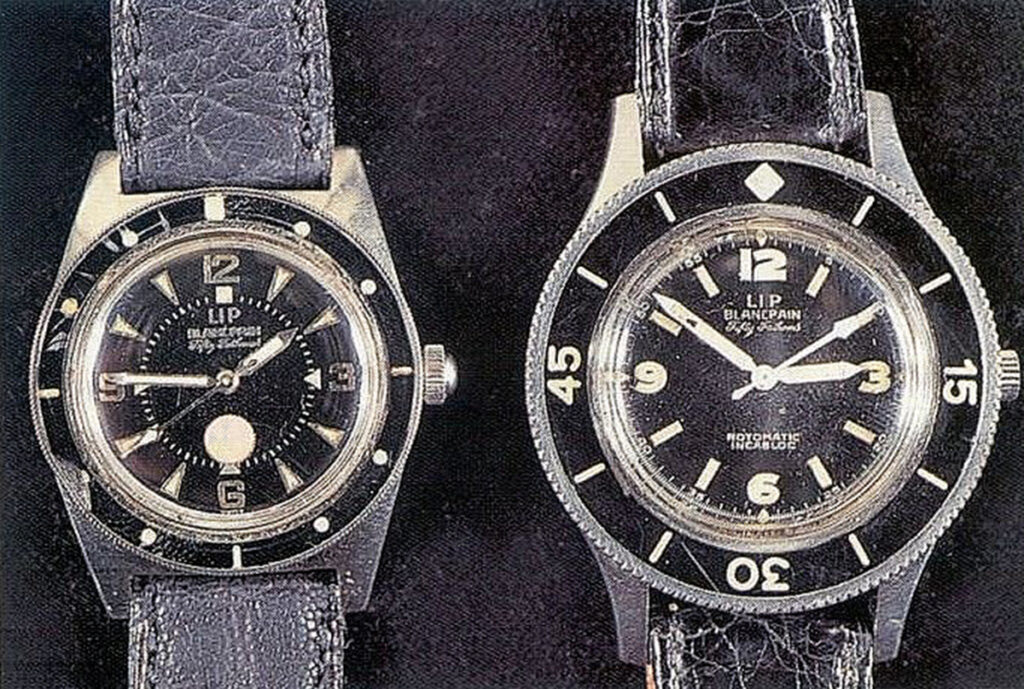
MOV-01-131.01 – Fifty Fathoms LIP small model #817906 – 1954-56
Equally rare is the second model on display, a smaller version of the original Fifty Fathoms produced from 1954 – 1956. This particular model was likely the first to feature Fiechter’s ingenious humidity indicator on the dial. Sitting just above 6 o’clock in the form of a small circle, the indicator showed blue if the air in the case was dry. If water had somehow managed to seep in, however, the colour would change to pink, providing an immediate visual warning. Another interesting thing to note is that the dial is double stamped, with the LIP logo appearing below Blancpain’s at 12 o’clock. If you recall, LIP was the original French watch company that supplied woefully inadequate dive watches for Maloubier for testing. Ironically, LIP – at the time a substantially larger company than Blancpain – ended up distributing the Fifty Fathoms in France, its name on the dial a not so subtle endorsement of Blancpain’s expertise. The caseback meanwhile features the inscription of the French Navy Diving School.
MOV-01-116.01 – Fifty Fathoms 1000 Automatic Incabloc #500462 – 1970’s
The third model on display hails from the 1970’s and represents a major milestone for Blancpain. This was the first Fifty Fathoms to be water resistant to an impressive 1,000m. Originally developed for the German Bundesmarine, it features a large 43.5mm case, with the indication of “Super Waterproof” on the caseback. To help it reach this impressive depth rating, the plexiglass was replaced with mineral glass to increase tolerance. The crown was fitted with a screw-down version, and a new date function was also added. What is also really interesting about this reference is that it was one of the last of the period before Blancpain transitioned to the modern era. As such, whilst all the key dive watch characteristics are there, the design architecture is quite different from later models, and indeed from the modern-day Fifty Fathoms.
On display at our Sydney boutique starting from the 13th of April through to the 25th of April, the exhibition then moves to our new Perth boutique from the 29th of April until the 9th of May. This really is a wonderful opportunity to view some beautifully preserved pieces of horological history up close. And while you’re there, make sure to take the opportunity to view the modern Fifty Fathoms collection. You might just find you have a newfound appreciation for this understated icon.








 Rolex
Rolex A. Lange & Söhne
A. Lange & Söhne Blancpain
Blancpain Breguet
Breguet Breitling
Breitling Cartier
Cartier Hublot
Hublot Vacheron Constantin
Vacheron Constantin IWC Schaffhausen
IWC Schaffhausen Jaeger-LeCoultre
Jaeger-LeCoultre OMEGA
OMEGA Panerai
Panerai Roger Dubuis
Roger Dubuis TAG Heuer
TAG Heuer Tudor
Tudor FOPE
FOPE Agresti
Agresti L’Épée 1839
L’Épée 1839





